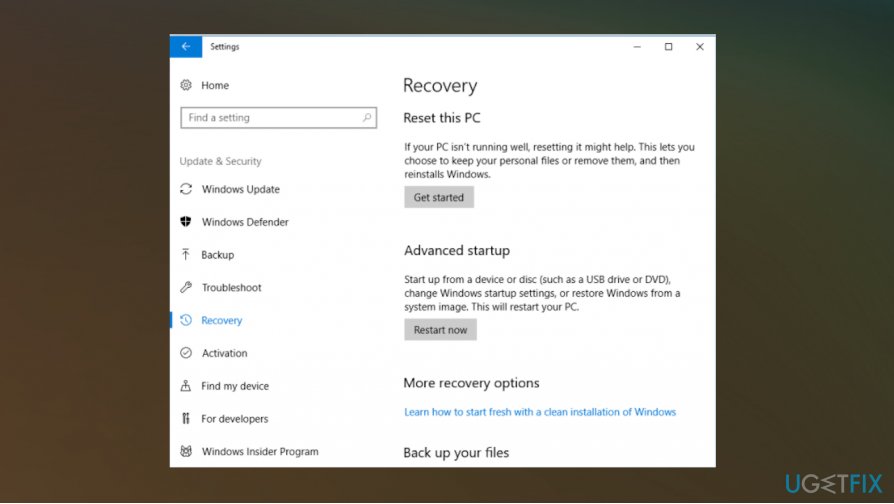


The names, ages, occupations, and residences of the witnesses.The ages and occupation of the parents.The following information will usually be found in a birth entry: Information in Records Geboorten / Births Civil registration records are the most important source for genealogical research in the Netherlands and are easily accessible. They cover the entire population and have one year and 10 year indexes. In Limburg and parts of Zeeland, civil registration began as early as 1795, because they had already been conquered by France.

After Napoleon's defeat, the Dutch government continued the civil registration system. Civil registration was accomplished by requiring the people to report all births, marriages, and deaths to a civil registration office, located in the municipality. The civil officers were made responsible for keeping vital records. On 6 January 1811 the French Imperial (Napoleon) decree served notice that by 1 March 1811 all births, marriages and deaths had to be recorded by the civil authorities of each municipality. In 1810 the Netherlands was incorporated into the Napoleonic empire. Church records from that time, especially marriages and burials, became more detailed. Between 17 the Netherlands became increasingly influenced by France. These recorded baptisms (or circumcisions), marriages, and burials. Finding Netherlands Civil Registration Records Onlineīurgerlijke Stand / Civil Registration įrom about 1550 onward, Church records began to be kept in the Netherlands.6 Applying for Recent Civil Registration Records.4 Finding Netherlands Civil Registration Records Online.2 Burgerlijke Stand / Civil Registration.The FamilySearch moderator for The Netherlands is Daniel Jones.


 0 kommentar(er)
0 kommentar(er)
